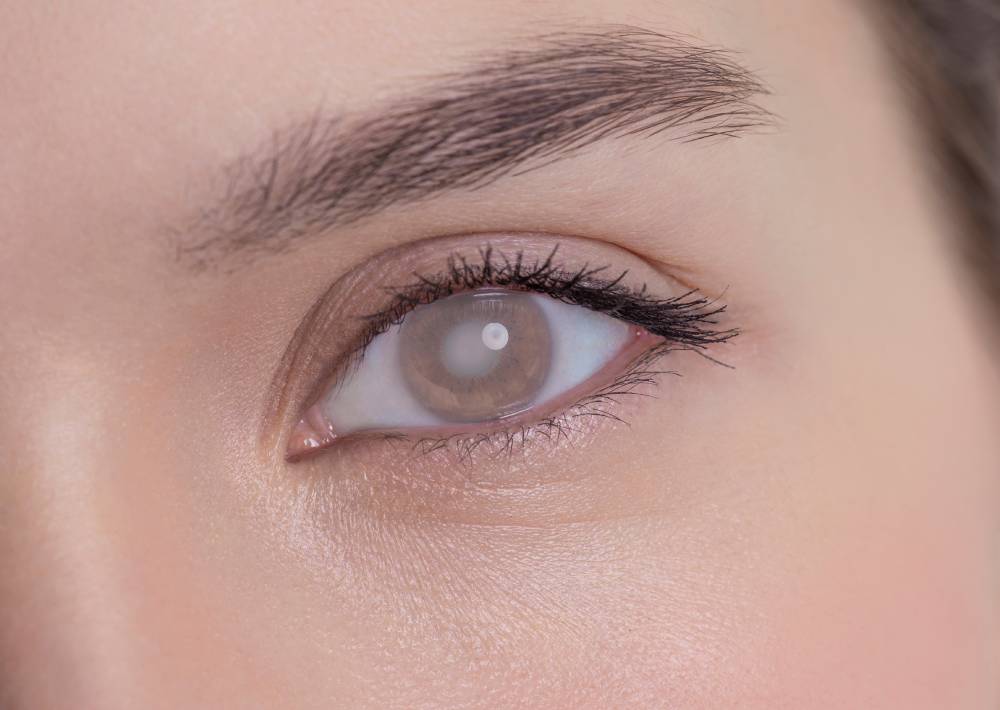
Experts at the National Eye Institute define a cataract as a cloudy and dense section that forms in your natural eye lens. This eye condition starts when the proteins in your eyes clump up. The protein accumulation prevents your lens from sending clear and crisp images to your retina.
If you want to find out more about the signs and treatments for cataracts, here’s what you should know.
Below are some of the signs of cataracts:
Poor night vision
As cataracts progress, they become brownish or yellowish. Because of this, you will have difficulty performing evening activities such as driving. Once you notice that you are starting to have poor night vision, see your eye doctor right away. In the meantime, avoid driving or going out alone at night.
Cloudy and double vision
Small cataracts do not obstruct your vision that much. When your cataract becomes bigger, your vision becomes cloudy or blurry. Diffraction happens when your lens starts to get cloudy. This leads to diplopia, which is a secondary condition that causes you to see at least two images of one object.
Glares and halos
When a cataract forms, you begin to experience light sensitivity. Seeing bright lights can be painful to you. Halos can also form around light sources. These signs result from diffraction.
Talking to your eye specialist is a necessary step before starting your cataract treatment. Some ophthalmologists recommend cataract surgery once your cataract begins to affect your quality of life. This surgery is also a strong option if this eye condition is stopping you from performing your daily activities. You and your eye doctor should decide if you need cataract surgery right away. Cataracts in people with diabetes worsen a lot more quickly. If you are diabetic, you might be a candidate for immediate cataract surgery.
During this eye surgery, your surgeon will remove the deteriorated natural lens and then replace it with an intraocular lens. Your doctor will position the artificial lens in the position that your natural lens used to occupy. The intraocular lens will be a permanent component of your eye. Other eye issues do not allow the placement of an intraocular lens. If this is the case, your eye doctor can prescribe eyeglasses or contact lenses to correct your vision.
Cataract surgery is usually an outpatient procedure. There is no need to stay in the hospital after. You should stay awake during the procedure, but your surgeon will administer a local anesthetic to numb your eye area. It takes about eight weeks for your surgical area to heal. If you need to have cataract surgery in both your eyes, one eye gets surgery first. Your eye specialist will schedule the surgery for your other eye once the first eye has healed.
The mentioned signs and treatment for cataracts can help you establish more awareness of the condition. Here, at Berris Optical, we work with our clients for the early detection and treatment of cataracts. For an in-person consultation, please visit our clinic in Rocky River, Ohio, during our recommended hours.
Learn more about signs of cataracts & treatment packages, contact Berris Optical in Rocky River, OH at (440) 333-3138 for appointment scheduling.